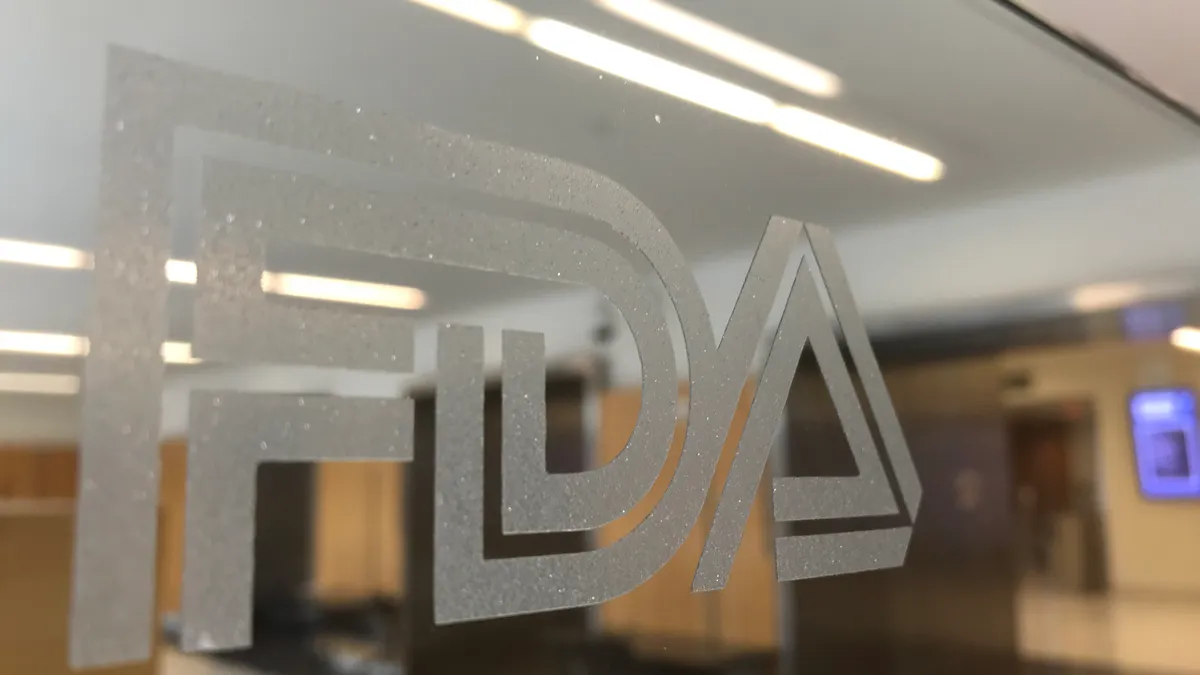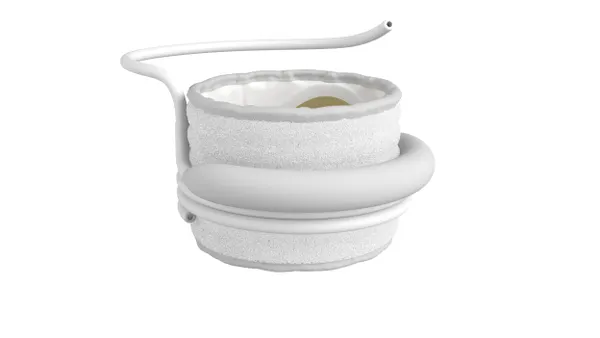Dive Brief:
- FDA published a final guidance document Tuesday that establishes a standard method for medical device companies to request nonbinding feedback after an inspection.
- The document, among the agency's top-prioritized guidances to finalize during fiscal year 2020, comes a little over a year after FDA proposed the process, which aims to streamline communication on safety and quality issues identified during inspections of device establishments and documented on Form 483.
- The agency was unswayed by arguments raised by AdvaMed in comments on the draft proposal that sought to have the deadline for feedback requests extended and the criteria for what types of cases qualify for nonbinding feedback expanded.
Dive Insight:
In introducing its draft guidance for the nonbinding advice plan in February 2019, FDA device center chief Jeff Shuren said the new process should help manufacturers avoid veering off track with unnecessary actions as they work to address safety and quality issues raised in inspection observations.
But AdvaMed commented that FDA's 15-day deadline for companies to provide a response would lead to "rushed answers without a root cause understanding of underlying quality system deviations."
The industry group called for extending the deadline for companies' feedback requests to 45 days. A shorter turnaround could result in wasted time and money on corrections that do not work, AdvaMed warned. Further, FDA's approach allows for only one chance to seek input, which AdvaMed called "equally troubling."
However, FDA held to its 15 business days deadline for companies to submit a request for feedback, which the agency deemed "timely."
The agency also was not inclined to alter its eligibility criteria for nonbinding feedback, after AdvaMed sought a broader interpretation.
The regulator in its guidance document describes three types of cases that qualify under the process: those involving a public health priority, implicating systemic or major actions, or relating to emerging safety issues. Public health priorities require resolution because such conditions are likely to result in the release of a product that could cause death or serious injury, FDA said.
Similarly, observations in Form 483 that relate to an emerging safety issue could lead to the release of devices that are likely to cause death or serious injury, and those that indicate systemic or major deficiencies with a quality system could result in devices that pose a serious risk to public health, FDA said in the guidance. AdvaMed had argued the criteria were too narrow and would encourage only a minority of companies to seek input from the agency.









